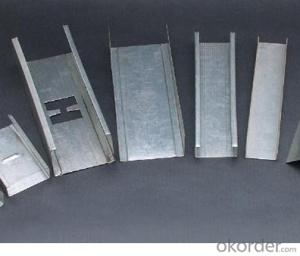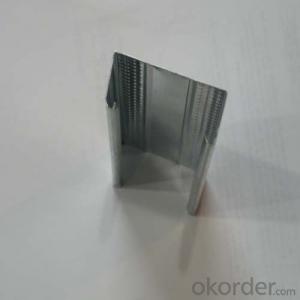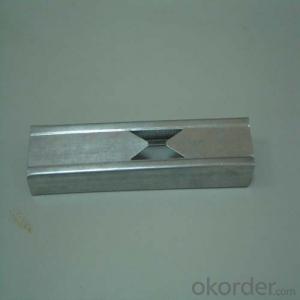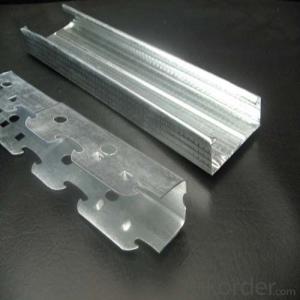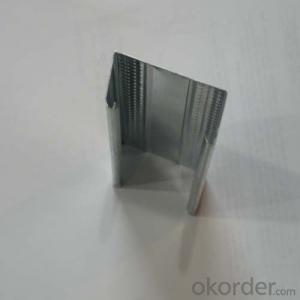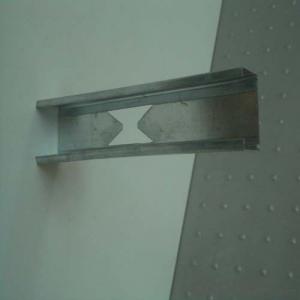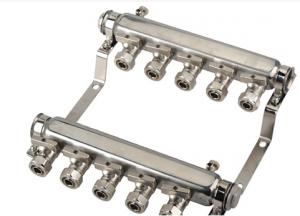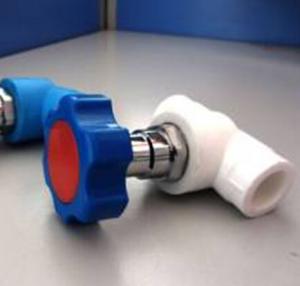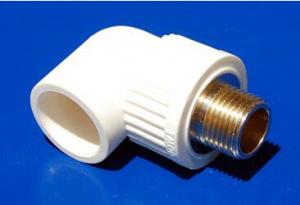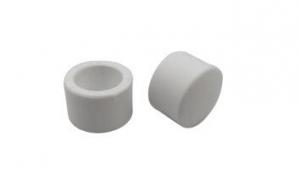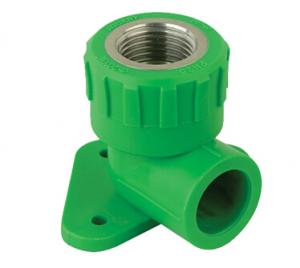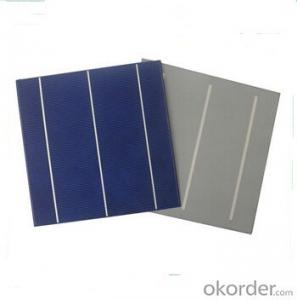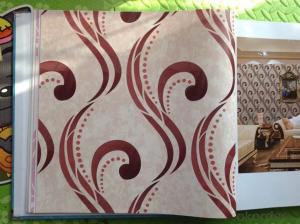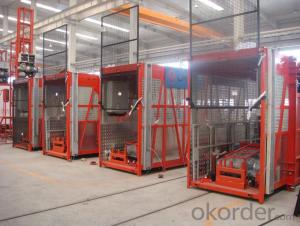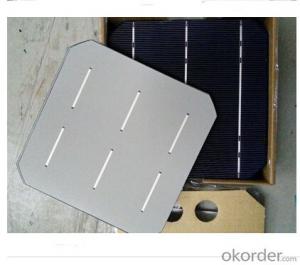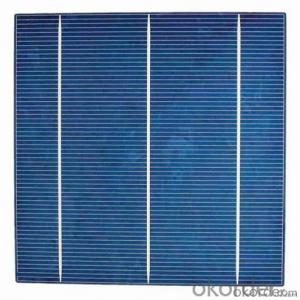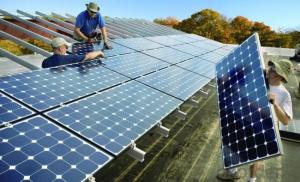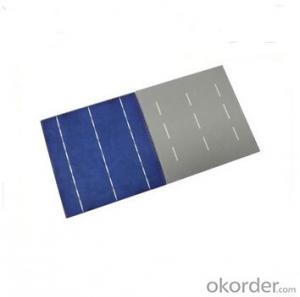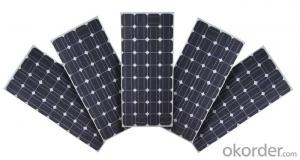Chinese Solar Cells
Chinese Solar Cells Related Searches
Stainless Steel Nose Stud Chinese Solar Inverter Brands Polypropylene Pipe Size Chart Air Bubble Packaging Machine Galvanized Stud Kraft Packaging Tape Joint Tape Drywall Drywall Mesh Drywall Drop Ceiling Tiles Furniture Packaging MaterialsHot Searches
Inverter Size For Solar System Used Metal Folding Chairs For Sale Large Metal Containers For Sale Metal Shop Cabinets For Sale Metal Shipping Crates For Sale Solar Panel Inverter Size Cost Of Drywall Per Sheet Large Size Aluminum Foil Aluminum Foil Market Size Solar Inverter Market Size Solar Inverter Size Chart Solar Inverter Size Aluminum Channel Stock Sizes Sheet Metal Roofing Prices 1 2 Inch Type X Drywall Cost Of Drywall 1 2 Type X Drywall Metal Roof Tiles Prices Metal Furniture Company Type C FuseChinese Solar Cells Supplier & Manufacturer from China
Okorder.com is a professional Chinese Solar Cells supplier & manufacturer, offers integrated one-stop services including real-time quoting and online cargo tracking. We are funded by CNBM Group, a Fortune 500 enterprise and the largest Chinese Solar Cells firm in China.Hot Products
FAQ
- What is the most commonly used material for solar cells?
- In terms of energy conversion efficiency and sustainability, the silicon and polycrystalline silicon cells are superior to amorphous silicon cells. Polycrystalline silicon conversion efficiency is low, but the price is cheaper.
- The efficiency of solar cells can vary greatly with different materials. Some materials, such as silicon, have high efficiency rates as they are able to effectively convert sunlight into electricity. Other materials, like organic polymers, have lower efficiency rates due to their limited ability to absorb and convert sunlight. Additionally, the efficiency can also depend on factors such as the purity and thickness of the material used. Overall, the choice of material greatly impacts the efficiency and performance of solar cells.
- Yes, solar cells can be used for off-grid living. Solar cells, also known as photovoltaic cells, convert sunlight into electricity. This renewable energy source can be harnessed to power various appliances and systems in off-grid homes, providing a sustainable and independent energy solution. By storing excess electricity in batteries, solar cells ensure a continuous power supply even during cloudy or nighttime conditions. This makes them a reliable and cost-effective option for off-grid living, reducing reliance on traditional power grids and minimizing environmental impact.
- Yes, solar cells can be used for hydrogen production through a process called photoelectrolysis, where the energy from sunlight is used to split water molecules into hydrogen and oxygen.
- What is a good introduction of solar cell?
- A professional presentation will be very impressive.
- Yes, solar cells can be used to power electric boats. Solar panels can be installed on the boat's surface to capture sunlight and convert it into electricity, which can then be used to power the boat's electric motor and other electrical systems. This enables the boat to operate without relying on traditional fuel sources, making it a more environmentally friendly and sustainable option.
- Can the 156x156mm high efficiency single crystal cells assembly function better compared to the traditional one?
- Yes, according to our research and development, we have statistics to show that the 156x156mm high efficiency single crystal cells assembly does function better compared to the traditional one.
